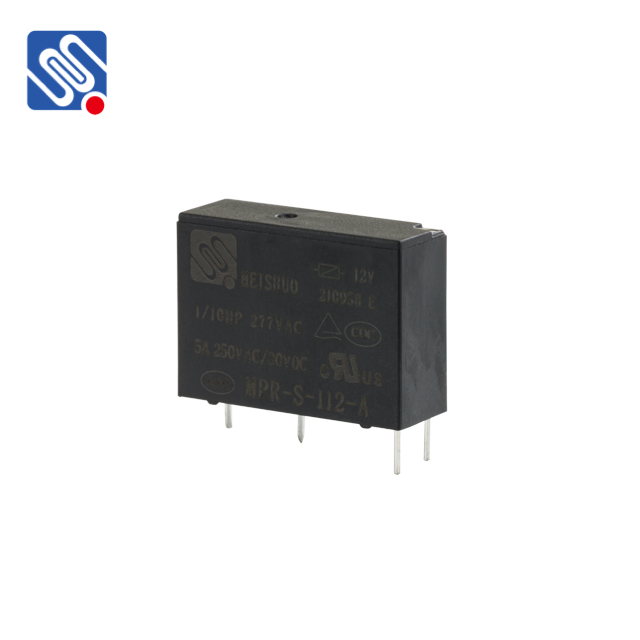relay stability and the role of meishuo in enhancing performance
Release time:2025-07-22 18:15:16
Relay stability is an essential concept in electrical engineering, particularly in the field of power systems. It refers to the ability of a relay protection system to maintain its proper functioning and accurately detect faults without being misled by transients or temporary disturbances in the system. A stable relay ensures that faults are cleared quickly, minimizing damage and maintaining the integrity of the power system. In this article, we will explore the concept of relay stability and the role of Meishuo, a leading company in relay protection technology, in enhancing the performance of relay systems.

Understanding Relay Stability
Relay stability is critical in ensuring the reliability of power system protection. When a fault occurs in a power system, relays are tasked with detecting and isolating the fault to protect the equipment and maintain the system’s normal operation. However, relays can sometimes malfunction or trip incorrectly, particularly during transients or disturbances. This could lead to unnecessary power outages, equipment damage, or even system instability.
To ensure stability, relay protection systems must be designed with high accuracy and robustness. This includes proper coordination between various protection devices, as well as the ability to distinguish between actual faults and non-fault events, such as voltage sags or surges caused by lightning strikes. Relay stability is achieved through advanced algorithms, fault detection mechanisms, and extensive testing under various operating conditions.

